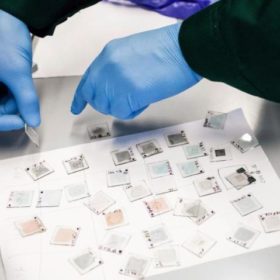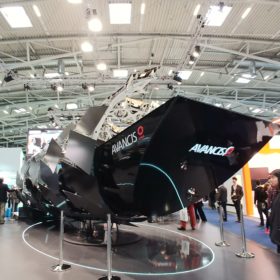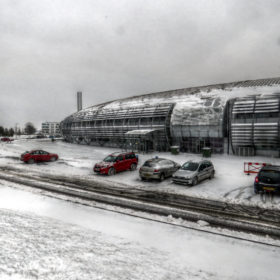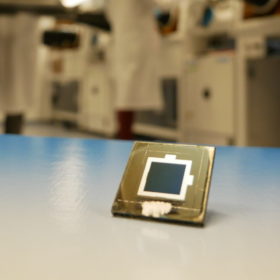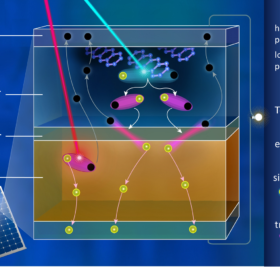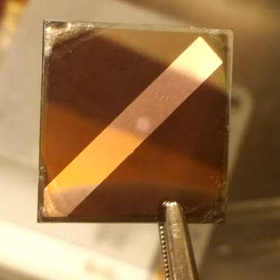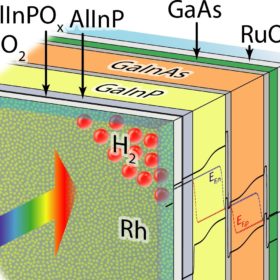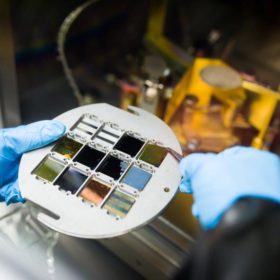Japanese manufacturer acquires rights to produce 23.26% efficient CIGS perovskite cell developed by HZB and Kaunas University
The research group that developed the cell said the two materials used to produce it, dubbed 2PACz and MeO-2PACz, will soon be commercially available. The material consists of 1-2nm of self-assembled monolayers deposited on the surface of the perovskite by dipping it into a diluted solution.
Teaming up for 20% efficient CIGS
Manufacturers and research institutes from across Europe have announced plans to collaborate on creating improved processes for CIGS module production. Optimistically named SUCCESS, the project targets production line efficiencies of better than 20% for 30x30cm modules.
Digging into perovskite efficiency
A research group at the Helmholtz Zentrum Berlin has conducted an in depth analysis looking at the crystalline structure of methylammonium lead iodide, one of the most promising perovskite materials for solar cell production. The group made a series of discoveries which they hope will help to unlock some of the remaining issues in creating cells that are both stable and highly efficient.
HZB hits 23.26% efficiency with CIGS-perovskite tandem cell
Scientists from the Helmholtz Zentrum Berlin research institute this morning presented a new world record efficiency for a tandem cell combining CIGS and perovskite technology at the EU PVSEC conference in Marseille. The development of an organic coating layer between the two semiconductors was key.
German scientists work on efficiency boosting cell concept
Researchers from Berlin’s Helmholtz Zentrum Research Institute have developed a silicon heterojunction cell, with an additional crystalline layer that utilizes an effect known as singlet fission to boost efficiency. The team has created a device demonstrating that the principle works, and says that with further experimentation, the concept could achieve cell efficiencies as high as 40%.
German scientists observe perovskite defects, push higher cell efficiencies
A team of researchers from the Helmholtz Zentrum Berlin and University of Potsdam has been able to observe defects in a perovskite solar cell, and found that the largest efficiency losses occur at the interface between the perovskite and transport layer.
New solar water-splitting cell demonstrates 19.3% efficiency, increasing longevity significantly
The cell uses a novel approach that increases its conversion efficiency and longevity at the same time. Researchers claim it is a new world record for this type of application and highlight its importance in storing renewable energy in hydrogen to compensate for output and demand fluctuations.
Momentum builds for perovskite tandems, 25%+ efficiency achieved
Researchers from Helmholtz-Zentrum Berlin (HZB) and Oxford PV have presented a new record perovskite tandem solar cell, with a 25.2% conversion efficiency, independently verified by Fraunhofer ISE. Bernd Stannowski, from HZB presented the results this week at the World Conference on Photovoltaic Energy Conversion (WCPEC-7) in Hawaii.
